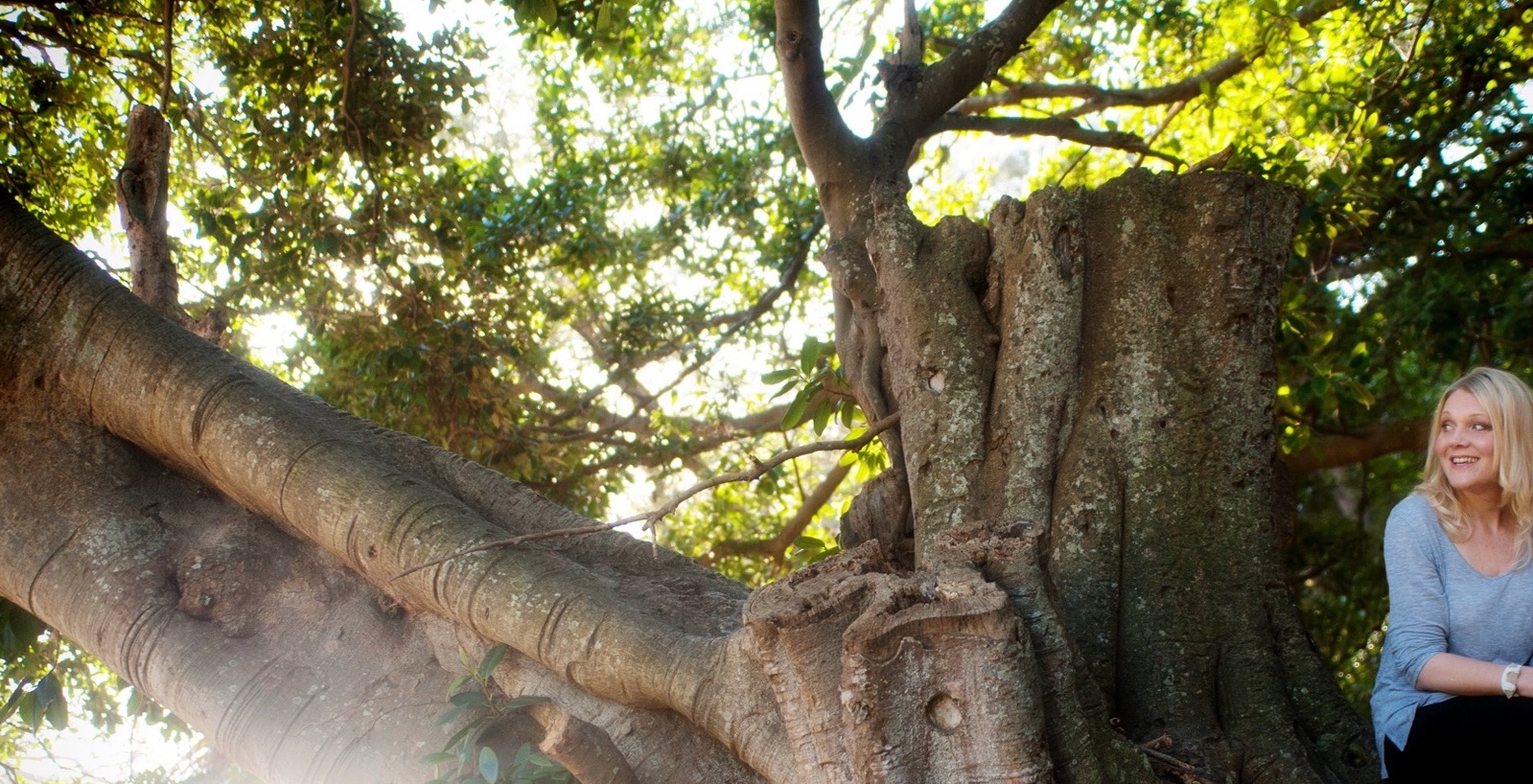After a weekend of mindbody and energy immersion, I was reminded of the incredible history and life-work of Dr Edward Bach, creator of the Bach Flower Remedies.
SO, in honour of this incredible man, I’m sharing a 2-part post on the man himself. If you’re into the energetic principles of healing, take a peek at Part 1 below: Who exactly was Dr Edward Bach?…
Dr Bach qualified as a physician, joining the Royal College of Surgeons in 1912, completing a Bachelor of Medicine and Surgery in 1913 and a Diploma of Health in 1914.1 Whilst at University College, he was involved in bacterial vaccine therapy research and whilst a major advancement in orthodox medicine, Dr Bach’s inherent quest was for minimum invasion, and the pain of needle vaccinations didn’t sit well with him.1
Through the war, he was placed in charge of 400 hospital beds, saving the lives of thousands of troops, and continued research on bowel disease.1
In 1917, he collapsed with severe haemorrhaging, and was surgically treated for cancer given only 3 months to live.2 However, Bach’s determination to continue his research into disease and non-invasive healing methods, soon saw him form an affiliation with Homoeopathy.1 Impressed with Hahnemann’s homoeopathic work linking intestinal health and emotions, he continued to develop 7 Bach Nosodes of bacteria.1
Whilst aligned with Hahnemann’s principals, Bach sought an even purer healing method, comprising completely of non-toxic base substances and plants.1 He left the Homoeopathic Hospital where he had been working to set up his own lab in Park Crescent to continue his research into emotions and disease.1 This marked Bach’s shift from a medical physician to an holistic healer.1
His work developed to discover personality and emotional groupings of individuals and in Wales in 1928, the remedies Impatiens, Mimulus and Clematis were developed, replacing the 7 bacterial nosodes.1 He gave up his very successful Harley Street practice to focus all his attention on his plant remedies.1 In 1930, he moved from London to Cromer in Wales, discovering 6 more remedies: Agrimony, Centaury, Chicory, Cerato, Vervain and Scleranthus.1
In 1930, he became more focused on the curative, not just palliative, properties of plants.1 He came to understand that flower heads with maximum energy from the sun were most potent, holding the seed or life force of the plant.1 Whilst walking through a field where dew was heavily covering flowers, he intuitively saw the dew must hold some of the healing properties of the plant itself, with the sun infusing the droplet with the plant’s energy.1 He began testing his theory and with his highly developed intuitive capacity, ascertained that none of the tested flowers held the healing power he sought, yet powers were indeed infused.1 Soon he began picking blooms and placing them in a glass bowl, steeped in water and sitting in the sunlight for several hours and recognized the immense potency of this new ‘Sun Method’ of energy extraction.1
He developed a second method of energetic extraction, ‘The Boiling Method’ and further developed categories of mood types that most individuals could identify with or fit into. He uncovered 12 common states of mind, including: fear, terror, mental torture or worry, indecision, indifference/boredom, doubt/discouragement, over-concern, weakness, self-distrust, impatience, over-enthusiasm and pride/aloofness.1 He discovered Water Violet in Sussex and Gentian in Kent in 1931,2 the same year his book, Heal Thyself, was published.2 The twelfth of his ‘Twelve Healers,’ Rock Water, was discovered the following year.2
It was during this time he was threatened by the General Medical Council to strike him off the Medical Register for advertising his remedies in the local newspapers.1 This did not bother the principled Bach in the slightest, and after continued correspondence whereby he had no intention of stopping his own methods of healing, he never heard from the General Medical Council again.1
In 1934 Bach moved to Sotwell, Oxfordshire and established “Mount Vernon” research centre. During his time here, he suffered terrible states of mind which led him to find the final 19 remedies which were based on his own physical and mental suffering (as opposed to his previous intuitive remedies).1 These remedies included: Cherry Plum, Aspen, Elm, Chestnut Bud, Larch, Beech, Hornbeam, Walnut, Star of Bethlehem, Holly, Crab Apple, Willow, Pine, Red Chestnut, Mustard, Wild Rose, Honeysuckle, Sweet Chestnut and White Chestnut.2
In 1936, The Twelve Healers and Other Remedies was published, the same year as his death.2 After becoming seriously ill for the second time in his life, he passed away on 27th November 1936 at age 50.1
What is so unique or remarkable about Dr Bach’s working life was his innate intuitive ability. Whilst he may perhaps disagree, acknowledging every individual’s perceptive or intuitive ability,1 his entire working life was centred around a deep respect and care for all nature, including humanity, and it was this particular recognition of the ‘oneness of being’ that further attuned his ability as a sensitive. His amazing intuitive ability in discerning the healing qualities of plants, and his keen observation of human behaviour, allowed him to open a new doorway of perception into the links between nature as healer to the human’s diseased state.1
Bach was a true pioneer in the field of energy medicine. Like to learn more? Click here for Part 2 which explores Bach’s philosophy a little further, and offers the opportunity for you to find out which remedy resonates most for you!
REFERENCE LIST
1. Weeks N 2004, The medical discoveries of edward bach, physician: what the flowers do for the human body, Vermilion, London.
2. Philip Salmon P & Jeoffroy A, The bach flower research programme, Timeline 1880-1950, UK, viewed 20 June 2010. http://www.edwardbach.org/Research/timeline.asp
Kate is a qualified naturopath who is passionate about helping women heal from hormonal havoc and inspiring women to know their own power, worth and wisdom.
Kate offers one-on-one Skype consults for irregular cycles, PMS and period pain, endometriosis, PCOS, peri-menopause, mood swings, fatigue and mental and emotional stress.
Simply drop me an email to see how I can help you!







